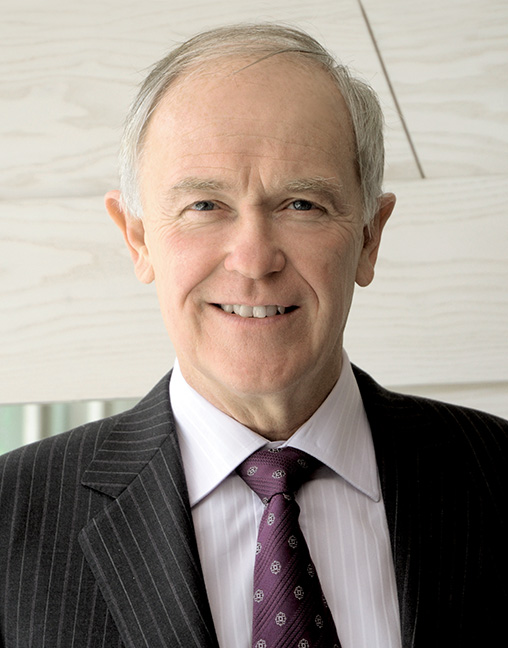Year End Review: Safety and Security
MAS tragedies highlight gaps in airline tracking systems
December 1st 2014
Following two of the safest years in commercial aviation, the events of 2014 brought into sharp relief the industry tenet that disaster can be seconds away - and not always as a result of operational error. Read More »
The twin tragedies of Malaysia Airlines’ MH370’s disappearance in March and the shooting down of MH17 five months later focused the global aviation industry’s attention on gaps in its safety systems it had not realized existed.
In the case of MH370, it was the fact that a B777, equipped with groundbreaking technology, was not under constant surveillance by global satellite systems. With MH17, it was the discovery that commercial aircraft were flying over war zones where soldiers were equipped with sophisticated ground-to-air missiles that could, and were, shooting aircraft out of the sky - at 35,000 feet.
MH370 is presumed to have crashed, with 239 people on board, in the Indian Ocean. A deep sea search is still underway. On July 18, all 298 people aboard MH17, another B777, crashed out of the sky in the Ukraine after it was shot down, an act the director general of the Association of Asia-Pacific Airlines, Andrew Herdman, said was “a military failure”.
 |
| Sir Tim Clark, president Emirates Airline: maintains doubts about the role of the Malaysian military in the disappearance of MH370 |
In the same week as the MH17 attack, 48 people died when an ATR-72 turboprop, operated by Taiwan’s TransAsia Airlines on a domestic flight, crashed as it attempted to land during a thunder storm at one of the country’s outlying islands.
After MH370 disappeared, the International Civil Aviation Organization (ICAO), along with International Air Transport Association (IATA) and other aviation partners, very quickly set up the Aircraft Tracking Task Force (ATTF) to examine more comprehensive tracking options for all operational commercial aircraft.
At press time, the ATTF was due to report on its recommendations.
Some airlines already have revised their tracking systems to ensure they know where all their aircraft are all the time. Major communications providers such as satellite operator, Inmarsat, and communications leader, SITA, are offering customers improved or new tracking systems.
Said Tony Tyler, director general and CEO of IATA, the ATTF will “examine all of the options available for tracking commercial aircraft against the parameters of implementation, investment, time and complexity to achieve the required coverage.”
The issue, however, has not been without controversy. Emirates Airline president, Sir Timothy Clark, said in an interview in late November that he continues to have serious doubts about nearly all aspects of the near nine month search for MH370 and its passengers and crew.
“I think we will all know more if there is full transparency of everything that everybody knows. I do not believe the information held by some is on the table,” he said.
“The B777 is already one of the most advanced planes in the world, with the most modern communications systems. It is already difficult to turn off current tracking systems such as transponders and the ACARS (Aircraft Communication Addressing and Reporting System),” he said earlier in the year. Even if it was disabled it would still send out weak signals and remain traceable, Clark said. Manufacturers should work to make them impossible to switch off. “We have to ensure that ACARS runs continuously. If that happens, then we can monitor planes over the seas, and then we wouldn’t need extra tracking systems,” he declared.
Clark also maintains doubts about the role of the Malaysian military, questioning the claim they identified MH370 as friendly when it suddenly reversed course. He said the fact they took no further action “was bizarre” and needed to be “looked at very carefully”.
Following the shooting down of MH17, airlines rapidly re-routed their flights around danger zones such as the Ukraine and some Middle Eastern countries. The industry wants ICAO and individual national aviation authorities to dramatically improve communications and co-operation with airlines by informing them in detail of potential danger zones.
Indeed, the whole question of security and the demands various governments continue to make on airlines remains a running sore with the industry. Tyler has said many times, in both industry forums and in meetings with government regulators, that the prevailing one size fits all proscriptive model for aviation security was not sustainable. IATA maintains the position that airlines cannot accept 100% risk. If we don’t evolve, the system will ground to a halt under its own weight, he predicted.